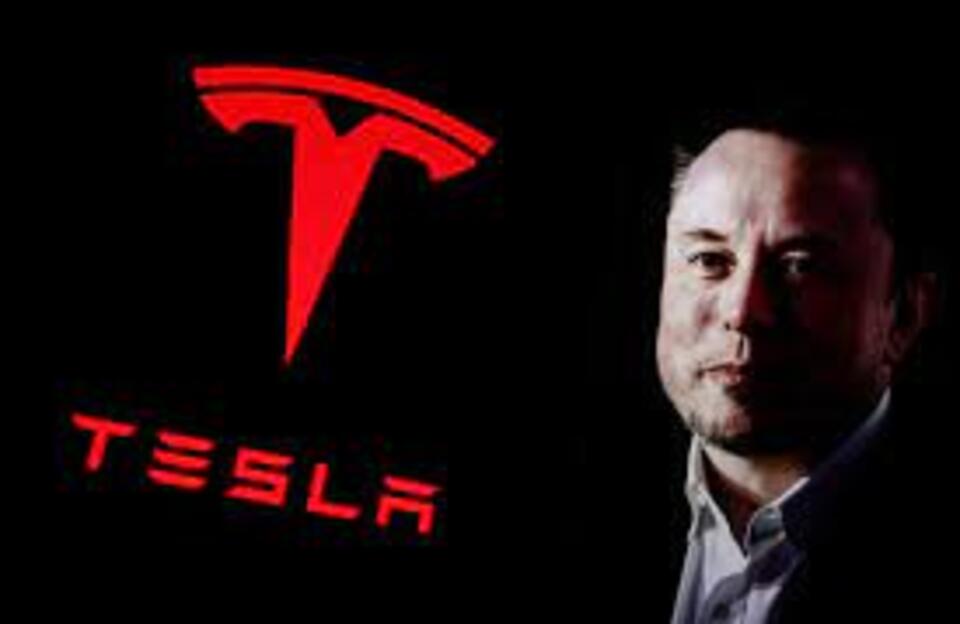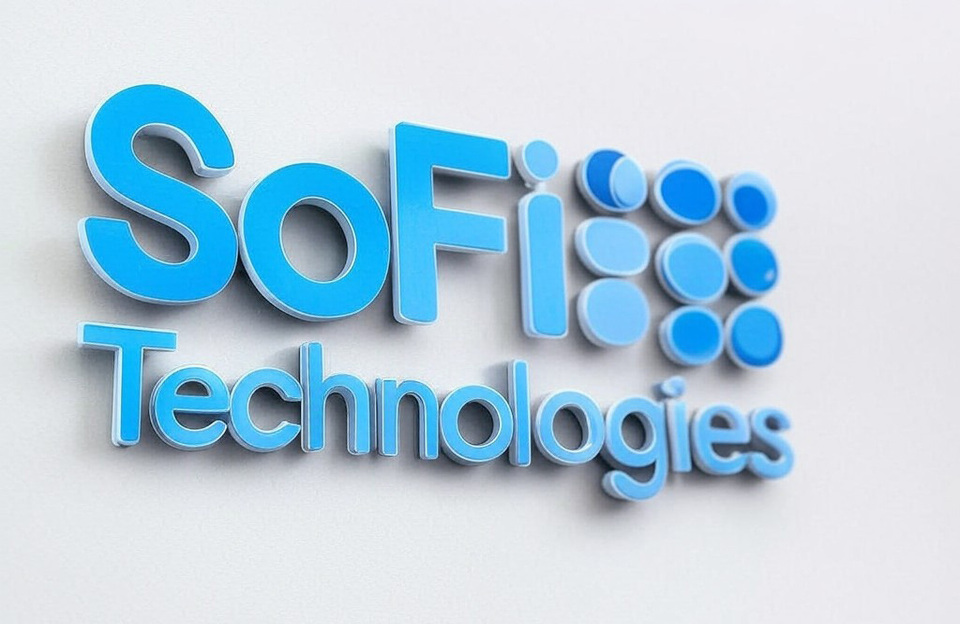Intel’s Q2 2025 Results: Stabilization Amid Ongoing Struggles
Intel, once the undisputed leader in the semiconductor space, released its Q2 2025 earnings report at a pivotal time. The company reported revenue of $12.9 billion, which slightly beat Wall Street expectations. While the top line was flat year-over-year, this marks a modest stabilization after several quarters of revenue decline. However, this was overshadowed by a non-GAAP net loss of $0.10 per share, significantly missing analyst estimates, and highlighting ongoing financial challenges.
Falling Margins and Negative Cash Flow
Margins remain a key concern for Intel. The non-GAAP gross margin fell below 30%, well below historical norms and far behind competitors. Operating margins turned negative, reflecting the cost burden of Intel’s restructuring efforts. Furthermore, free cash flow stood at negative $1.1 billion, signaling that Intel continues to burn cash in its attempt to pivot and transform.
Massive Layoffs and Scaling Back Global Ambitions
Intel’s turnaround strategy involves deep cost-cutting. Under new CEO Lip‑Bu Tan, the company announced layoffs of around 24,000 employees (20% of its workforce). This is part of a broader plan to eliminate inefficiencies and reallocate capital toward high-growth initiatives. Additionally, Intel has canceled or delayed major fabrication plant projects in Germany and Poland and is consolidating operations in regions like Costa Rica and Vietnam.
Betting Big on AI and Data Center Growth
Despite the grim bottom line, Intel sees promise in AI and data center markets. Revenue from Intel’s Data Center and AI Group grew 4% YoY, buoyed by early traction for its Gaudi 3 AI accelerators and strong anticipation for its upcoming Panther Lake and Nova Lake chip families. These new offerings are part of Intel’s strategy to directly compete with Nvidia and AMD in the AI and high-performance computing segments.
Foundry Business: Strategic Vision or Costly Gamble?
Intel’s foundry business remains a major drag on financials. Losses continue to mount, and so far, Intel has struggled to attract third-party customers for its advanced nodes like Intel 14A. The viability of this business line is critical. If it succeeds, it could become a key growth engine. If it fails, it risks becoming a major financial and operational distraction.
Retreating from Europe: A Global Competitiveness Concern?
The decision to scale back European expansion efforts is raising concerns about Intel’s ability to compete globally. As competitors like TSMC and Samsung continue diversifying geographically, Intel’s pullback may weaken its international positioning at a time when global scale matters more than ever.
Q3 2025 Guidance: A Cautious Outlook
Intel’s guidance for Q3 2025 reflects caution. The company forecasts revenue between $12.6 billion and $13.6 billion, with expectations of break-even earnings per share. While this suggests revenue consistency, it reinforces investor concerns about the lack of meaningful profit growth.
Conclusion: Rebuilding Amid High Stakes
Intel’s Q2 2025 earnings show a company in deep transformation. The pivot toward AI, datacenters, and a foundry model is bold, but not without risk. With investor confidence on shaky ground and rivals surging ahead, the next few quarters will be critical. If Intel can execute on its roadmap, it has a chance to reclaim relevance in the fast-evolving semiconductor race. But the path ahead remains steep, uncertain, and intensely competitive.


